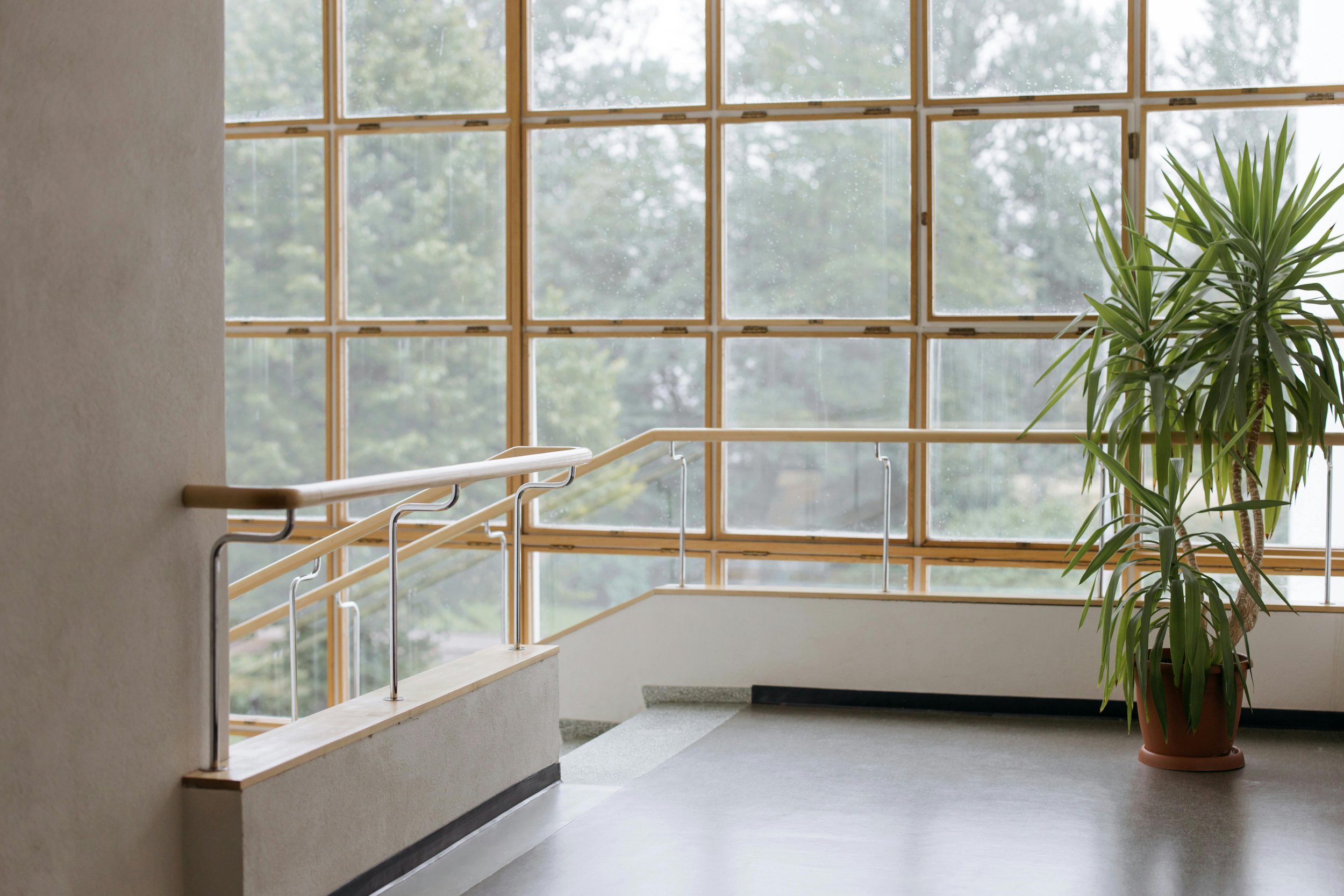Interior Design and Light Control with Window Tints
Light is a transformative element in interior design. Its manipulation can dramatically alter the ambiance, mood, and aesthetic appeal of a space. Window tints, often underutilized, are powerful tools in the hands of an interior designer or a discerning homeowner. They offer control over this elusive, yet crucial, design element. The strategic use of window tints can redefine interiors, balancing natural illumination with artistic expression.
The Evolution of Window Tints in Interior Design
Window tints have evolved from their traditional roles of providing privacy and protection against solar glare. Today, they are celebrated for their versatility in design applications. From minimalistic modern homes to ornate traditional settings, window tints can complement any style. This evolution marks a shift towards a more nuanced understanding of tints in the interior design industry.
The Interplay of Tints and Architectural Styles
Different architectural styles can be enhanced through the judicious use of window tints. For instance, a sleek, dark tint can elevate the starkness of modern architecture, while a lightly frosted tint can add a soft touch to a Victorian-era home. Understanding this interplay is crucial for integrating tints into diverse architectural contexts.
The Aesthetics of Window Tinting
Window tints are not just functional elements; they are also expressive tools. They can add depth, texture, and color to a room. Tints come in a variety of shades and opacities, offering a palette for creativity. They can be employed to accentuate the existing color scheme of a room or to introduce a contrasting element, creating a visually captivating space.
Decorative Tints: A Canvas for Creativity
The realm of decorative tints opens up endless possibilities. Patterns, textures, and even custom designs can transform a plain window into a work of art. These tints can act as focal points or seamlessly integrate into the overall design theme. For instance, a stained glass effect can infuse a space with color and light, creating a dynamic visual experience.
The Role of Tints in Room Theming
Window tints can play a pivotal role in room theming. A beach-themed room, for instance, can benefit from a light blue tint to mimic the feel of the ocean. In a room with a nature theme, a green tint can enhance the connection to the outdoors. The choice of tint can significantly reinforce the thematic elements of a room.
Practical Benefits of Window Tints
One of the most significant benefits of window tints is their ability to improve energy efficiency. By blocking a portion of solar radiation, tints reduce the need for air conditioning, leading to energy savings. They also help maintain a consistent temperature, enhancing the comfort of the occupants.
Protecting Interiors from UV Damage
Prolonged exposure to sunlight can fade fabrics, artwork, and furnishings. Window tints mitigate this risk by filtering out harmful UV rays, thus preserving the integrity and color of interior elements. This protection is particularly valuable in spaces with extensive sun exposure.
Balancing Privacy and Natural Light
Window tints strike an ideal balance between privacy and the enjoyment of natural light. They allow for unobstructed views while obscuring interior views from the outside. This feature is especially beneficial in urban settings where buildings are in close proximity.
Application in Various Settings
In residential settings, window tints can transform living spaces. They can add a sense of privacy in bedrooms and bathrooms without compromising on natural light. In living areas, tints can reduce glare on screens and create a comfortable ambiance. Their versatility makes them suitable for any room in the house.
Commercial and Office Spaces: Combining Function with Style
In commercial and office environments, window tints serve both aesthetic and practical purposes. They can reinforce a company’s brand identity or create a welcoming atmosphere for clients. Tints can also reduce glare in office spaces, improving the work environment for employees.
Creative Applications in Public Spaces
Public spaces, such as cafes, libraries, and galleries, can use window tints to create unique experiences. Tints can be an element of the décor, contributing to the overall theme of the space. They can also be used to control light in areas where it is essential, such as in art galleries.
Conclusion
The future of interior design sees window tints as integral components, transcending their traditional roles. With advancements in material science and design trends favoring sustainable and energy-efficient solutions, window tints are poised to become even more innovative and versatile. Designers and homeowners who embrace these advancements can expect to see a new realm of possibilities in interior design.
Window Tints: A Tool for Personalization
In the era of personalized spaces, window tints offer a unique opportunity for customization. Homeowners and designers can select tints that not only align with the aesthetic vision but also cater to the functional needs of the occupants. Whether it's for reducing glare in a home office or creating a tranquil atmosphere in a living room, window tints can be tailored to fit specific requirements.
The Role of Technology in Window Tint Design
Emerging technologies, such as smart tints, are revolutionizing the way we think about window treatments. These innovative solutions allow for real-time control over light and privacy, adapting to the changing needs throughout the day. As technology continues to evolve, the integration of smart window tints in interior design is set to offer unprecedented control and customization.
Integrating Tints with Other Design Elements
Successful interior design is about harmony between various elements. Window tints should be considered in conjunction with other design aspects such as lighting, furnishings, and architectural features. The right tint can enhance natural light, complement furniture, and even highlight architectural details, creating a cohesive and well-thought-out space.
Final Thoughts: The Art and Science of Window Tinting
Window tinting in interior design is both an art and a science. It requires a keen eye for aesthetics, an understanding of material properties, and a thoughtful consideration of the occupants' needs. As we continue to explore the boundaries of design and functionality, window tints stand out as a sophisticated and practical choice, adding value and beauty to any interior space.

